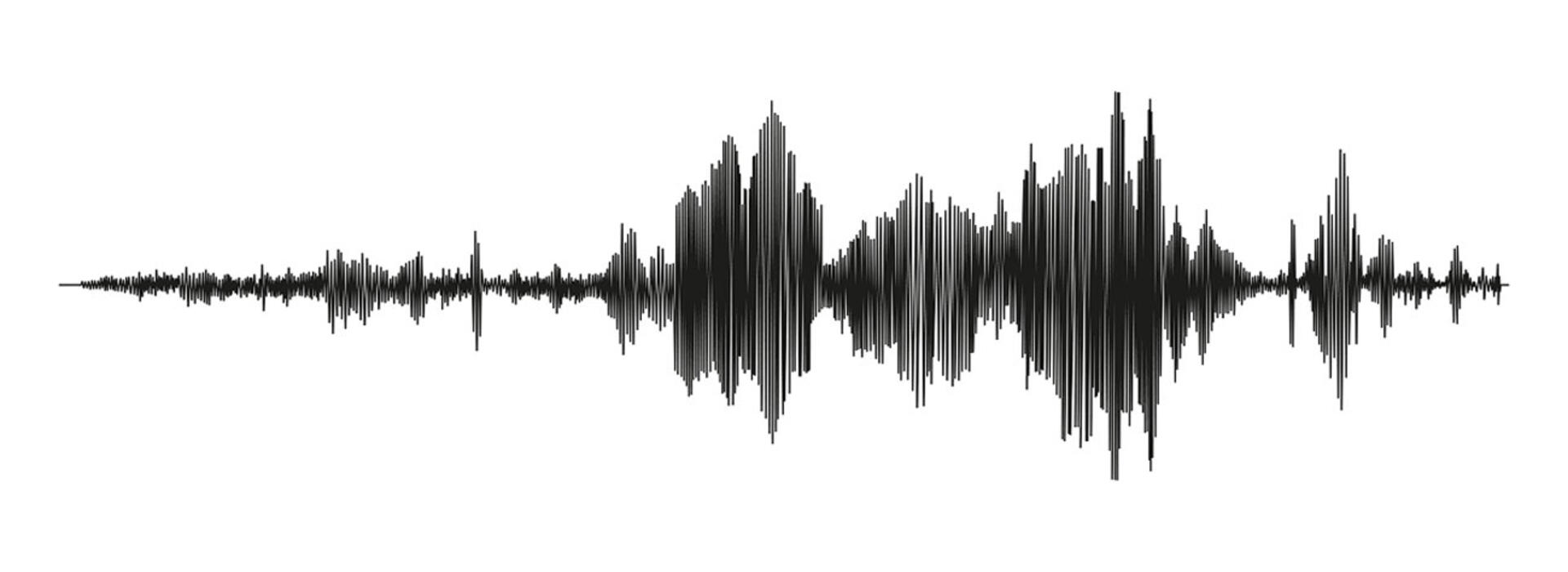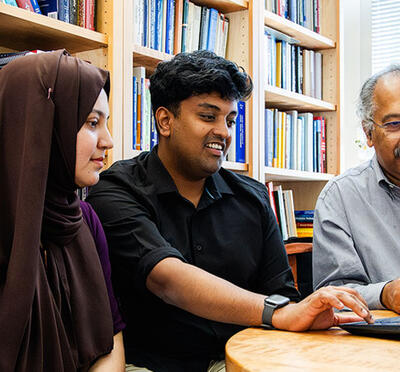Researchers at Oregon State University’s College of Engineering are using artificial intelligence to detect ionospheric disturbances caused by earthquakes before the seismic events have been confirmed by traditional means.
Large earthquakes generate acoustic and gravity waves that disturb the ionosphere. The resulting anomalies, called traveling ionospheric disturbances, or TIDs, are ripples in electrically charged particles that can be detected when they interact with radio waves.
Researchers have been able to find TIDs for years. Typically, they search for a TID only after an earthquake has been established by conventional methods, such as the U.S. Geological Survey Global Seismic Network or the Global Navigation Satellite System. If a TID is found, their next step would be to determine if it’s linked to the known earthquake.
The Oregon State group, however, reversed that sequence by first detecting a TID and then identifying the earthquake that caused it.
Using artificial intelligence to detect TIDs
“Our contribution is using artificial intelligence to detect the TID before we were even aware of the earthquake that produced it, so the AI didn’t start from a known event or known location,” said Jihye Park, Associate Professor of Geomatics. “We wanted to find a tangible event out of all the messy data from the ionosphere without any knowledge about what happened on Earth.”

The “event-blind” technique is not intended to be an early warning tool. But it does represent a step toward automated, real-time monitoring of the ionosphere that could enable the unsupervised detection of events based on ionospheric anomalies, detecting remote or underreported events, and identifying seismic activity independently of ground-based sensors.
The ionosphere is influenced by many factors — such as solar storms, geomagnetic activity, and atmospheric weather — making isolating earthquake-related signals from the background “noise” challenging. This is especially true because these overlapping disturbances can mirror or obscure the weaker seismic signatures, explained Weng-Keen Wong, professor of computer science.

“First, the machine learning algorithm learned to understand what it means for ionospheric signals to be normal, then it was able to identify abnormal deviations,” he said.
Training the algorithm to recognize anomalies
To search for those anomalies, Wong led the development of a long short-term memory neural network, or LSTM, that scanned a year’s worth of data from 10 ground-based GNSS stations in Alaska. The model isolated a TID that appeared off the southern coast of the Alaska Peninsula on July 29, 2021. The researchers consulted earthquake records and found that the TID had occurred about 10 minutes after the 8.2 magnitude Chignik earthquake in a region of the ionosphere located directly above the earthquake’s epicenter. The results demonstrated that the team’s AI-based method can detect TIDs in areas with limited seismic monitoring.
“The Aleutian Islands are a great place to test automated detection of TIDs, because the area frequently experiences large earthquakes, but there are limited physical sensors on the ground,” said Fiona Luhrmann, a doctoral candidate in geomatics. “We’ve shown that accurate, automated ionospheric disturbance detection is possible, even in remote regions.”
The researchers applied a similar technique to detect a TID caused by a powerful earthquake in Turkey on Feb. 6, 2023, but they used a different approach to data collection. In collaboration with NASA’s Jet Propulsion Laboratory, the team configured their neural network to steadily receive ionospheric data collected by seven ground-based GNSS stations over the previous year. The data was fed to the network as if it were being streamed in real time — a process that mimics the operation of JPL’s Guardian system, which is designed to detect ionospheric disturbances even in regions with limited ground-based data.
In the journal GPS Solutions, the researchers wrote: “The detection method they used successfully detected an anomalous event in the ionosphere approximately 10 minutes after the second earthquake in the Kahramanmaraş Earthquake Sequence.”
“The real jump between Alaska and Turkey was the introduction of this idea of streaming data,” Luhrmann said. “The data from Alaska was getting ingested all at once and chugging along, whereas the Turkey model was ingesting just 10 minutes of data at a time and then making predictions, like the way Guardian works.”
Park added that she and her colleagues are discussing further partnerships with JPL. They hope to begin research focused on volcanic eruptions and tsunamis, both of which also cause ionospheric disturbances.





